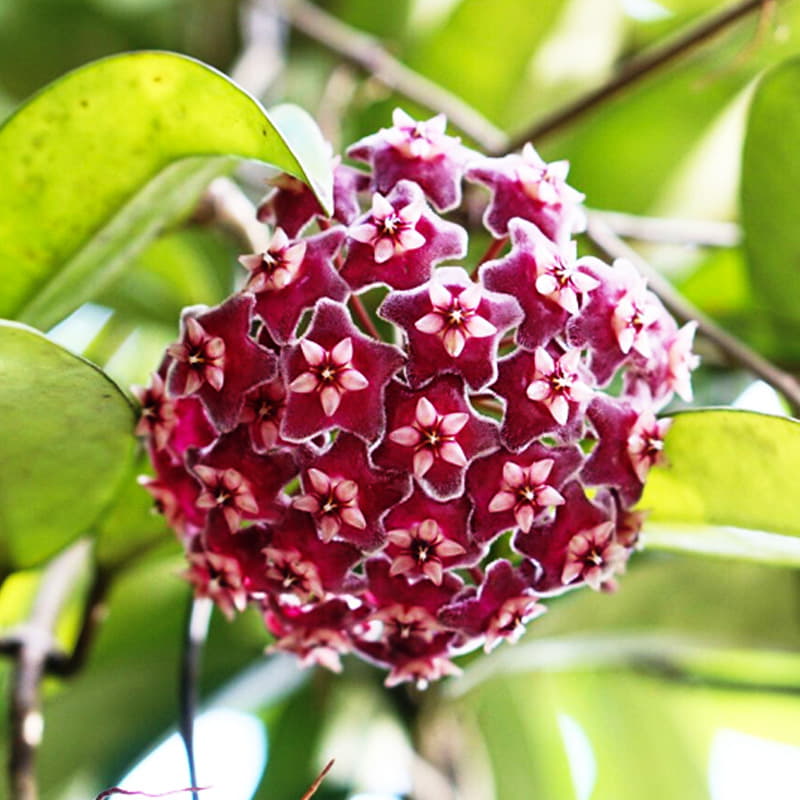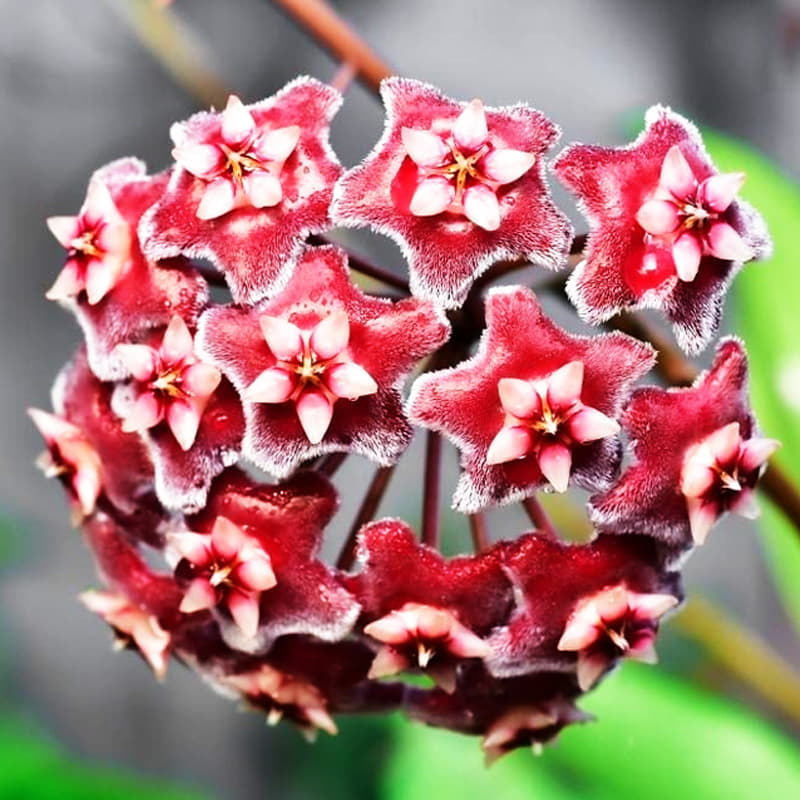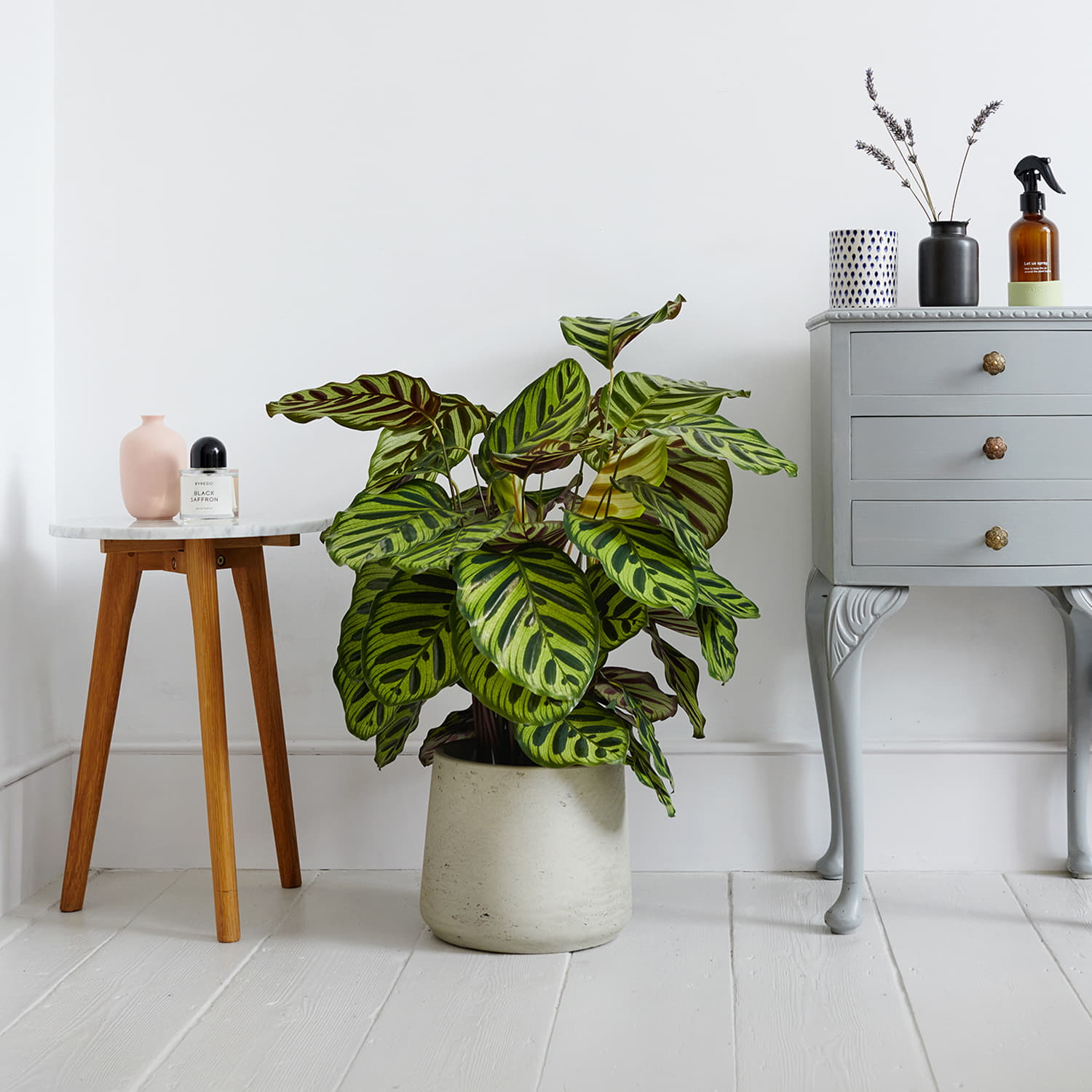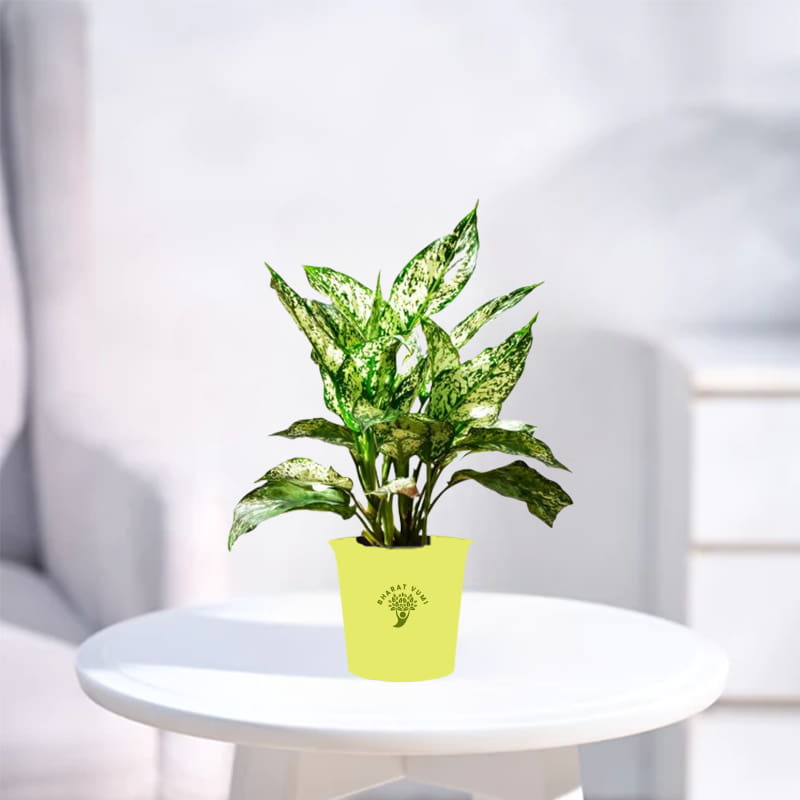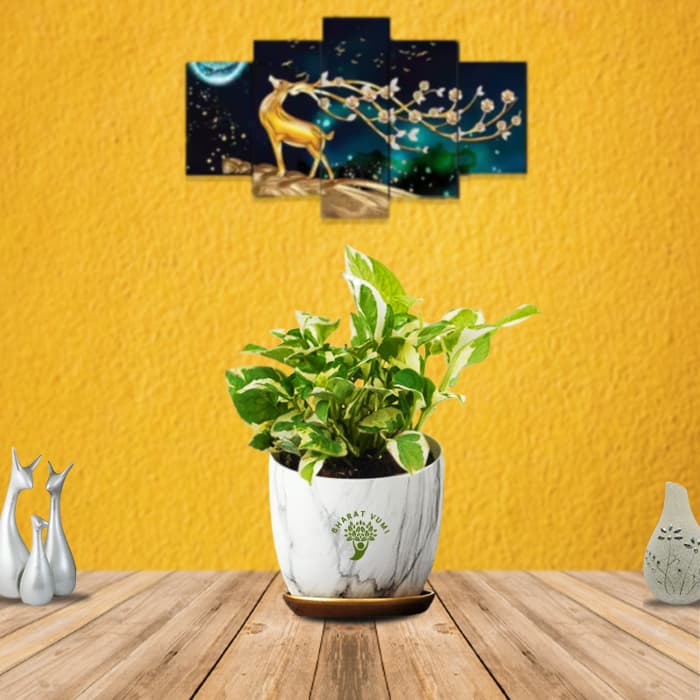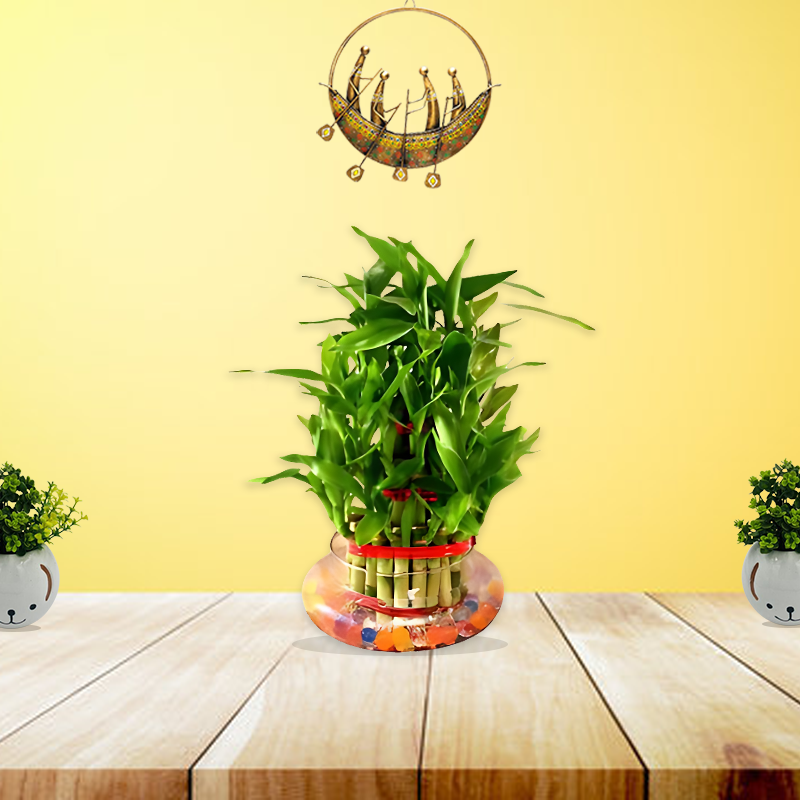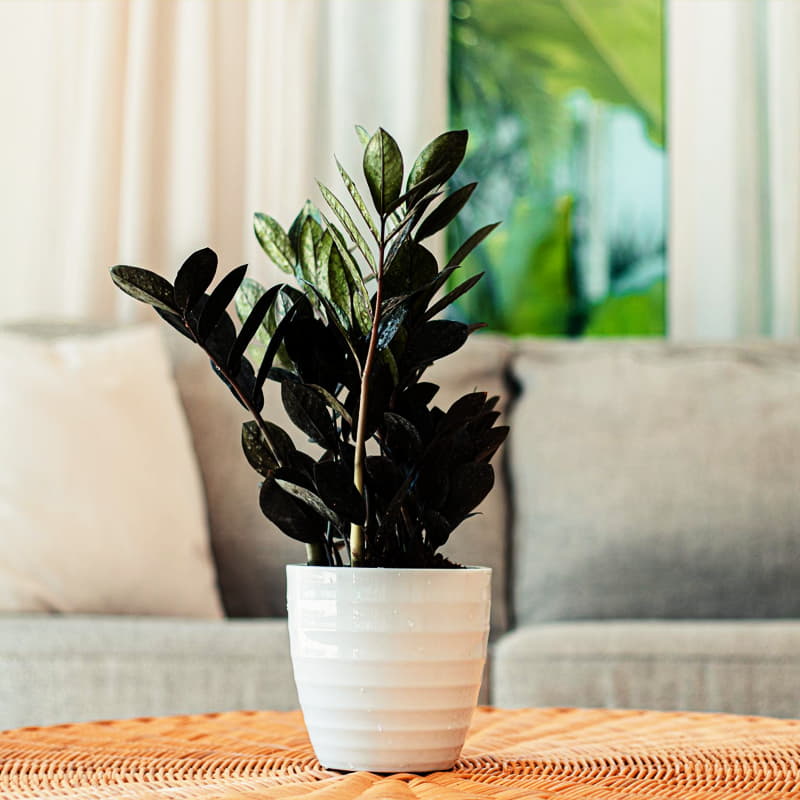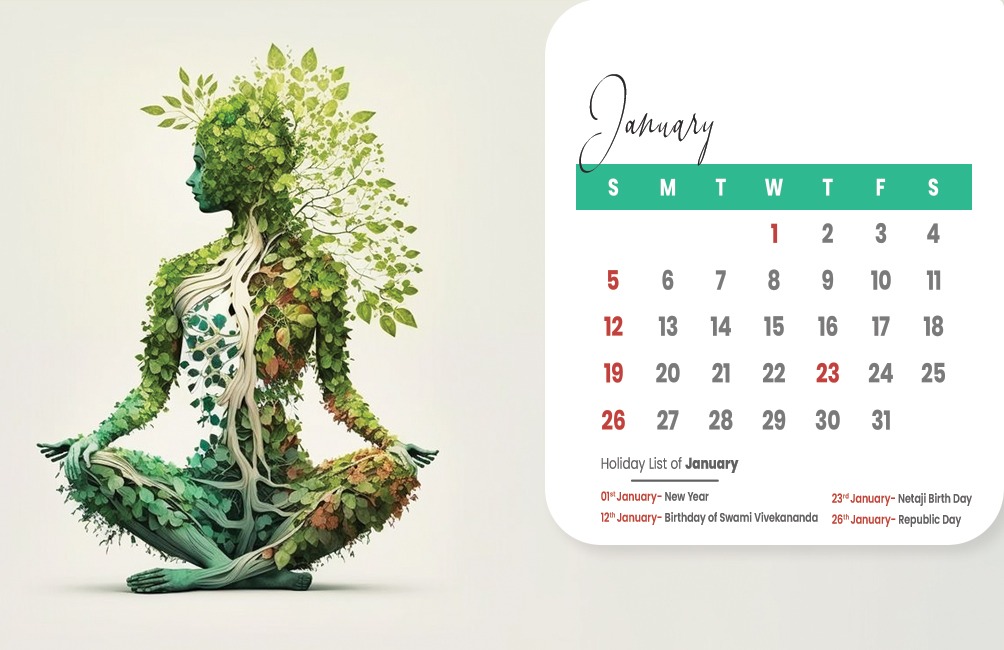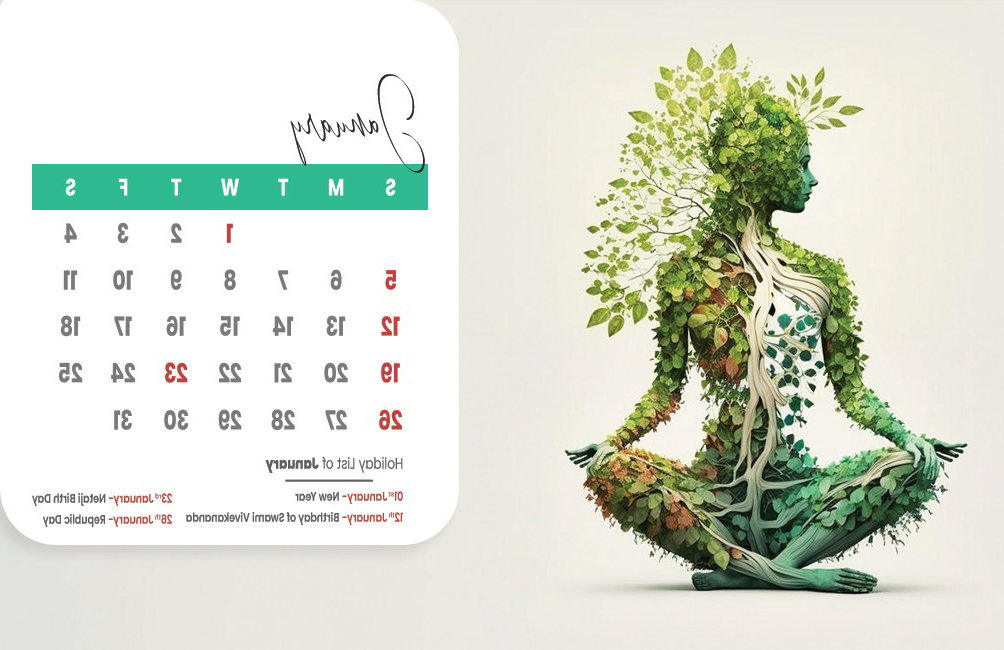Image(s) are for reference. Actual product might vary in some aspects like shape, size etc, from the one given in the image(s). However, we ensure what you get is close to the image(s) and of high quality. Our target is to deliver a healthy and well built plant. So relax after ordering and wait for an excellent delivery from Bharat Vumi that will bring smile on your face.
Package- A healthy Hoya Plant (Without pot)
Plant Description:
Common Name- Wax plant/ Hoya plant
Scientific Name- Hoya spp.
Family- Apocynaceae
Origin- Tropical regions of Asia
Hoya, or Wax Plant, is a tropical genus of plants known for
their waxy flowers and succulent leaves. They are popular houseplants,
appreciated for their attractive foliage and occasional clusters of fragrant
blooms. With the right conditions and care, Hoya plants can thrive and reward
growers with stunning flowers.
Growing conditions-
1.Soil- Hoya plants require porous soil. A mixture of
regular potting soil and orchid bark or perlite works well. The soil should be
loose and aerated to prevent waterlogging and root rot.
2.Watering- Hoya plants prefer to dry out slightly between
waterings. Water them once in every 1-2 week. Be careful not to overwater, as
Hoya plants are susceptible to root rot. During winter or dormant periods,
reduce watering frequency.
3. Temperature- Hoya plants thrive in average to warm
temperatures. They prefer temperatures between 16°C-32°C during the day and
slightly cooler temperatures at night. Protect the plant from frosts and sudden
temperature fluctuations.
4.Humidity- Hoya plants appreciate higher humidity levels
around 60%-70%, but they can tolerate average indoor humidity.
5.Light requirements- Hoya plants prefer bright, indirect
light. They can tolerate some direct sunlight, especially morning sun, but
excessive exposure to intense sunlight can burn the leaves.
6. Fertilizer- Hoya plants do not require frequent
fertilization. Use a balanced, water-soluble fertilizer with a ratio of
20-20-20 or similar. Apply the fertilizer every 2-3 months during the growing
season.
7. Flowering- Hoya plants typically produce beautiful and
fragrant flowers, in clusters called umbels. generally, Hoya plants bloom
during the warmer months, with some species blooming multiple times throughout
the year. during flowering, avoid high-nitrogen and excessive phosphorus
fertilizers.
8. Important Diseases- Common diseases of Hoya plants
include powdery mildew (treat with copper based fungicides and improve air
circulation.) and root rot (prevent by ensuring well-drained soil and avoiding
overwatering). Regular monitoring, proper care, and prompt action can help
manage these diseases effectively.
9. Important Pests- Hoya plants are generally resistant to
pests, but occasionally they can be affected by mealybugs(remove manually or
use insecticidal soap) and spider mites(increase
humidity, mist regularly, and use insecticidal soap or neem oil).
10.Pruning- Pruning is not usually necessary for Hoya
plants. If needed, prune after flowering by cutting back overgrown stems to
maintain a neat and compact appearance.
11. Propagation- Hoya plants can be propagated through stem
cuttings, taken from healthy stems, and rooted in well-drained soil or water.
12. Important fact- Many Hoya species are vining plants and are benefitted
from support structures such as trellises or stakes. Provide a sturdy support
for the plant to climb and twine around.
| Type |
Succulent, Perennial |
|---|---|
| Planting time |
Spring Or Early Summer |
| Soil |
Loose and aerated porous soil. |
| Watering |
Water the plants once in every 1-2 week. |
| Temperature |
16°C-32°C |
| Humidity |
60%-70% |
| Light requirement |
Hoya plants prefer bright, indirect light. |
| Fertilization |
Apply balanced fertilizer every 2-3 months during the growing season. |
| Flowering |
Hoya plants bloom during the warmer months. |
| Important Diseases |
Powdery mildew and root rot. |
| Important pests |
Mealy bugs, Spider mites. |
| Pruning |
Pruning is not usually necessary for Hoya plants. |
| Propagation |
Stem cuttings |
| Dormancy period |
Winter |

